
Dmitry Kurouski of Texas A&M University speaks to Spectroscopy Editor Patrick Lavery about Raman spectroscopy's role in determining crop yield of key food items as the world population continues to increase.

Dmitry Kurouski of Texas A&M University speaks to Spectroscopy Editor Patrick Lavery about Raman spectroscopy's role in determining crop yield of key food items as the world population continues to increase.

Spectroscopy spoke with researchers from the Columbia Climate School about how they are using stimulated Raman scattering microscopy to test for nanoplastics in water bottles.

This interview with Pola Goldberg Oppenheimer of the University of Birmingham highlights new research her team is working on that includes a Raman-based system for detecting early traumatic brain injuries.

Triethylaminium picrate (TEAP) crystals were developed using a slow evaporation solution growth method and then characterized for their feasibility in optoelectronic and other uses.
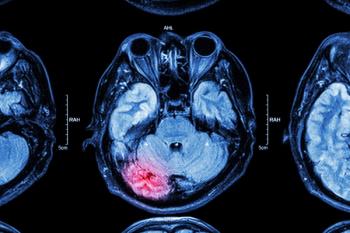
Scientists from the United Kingdom recently created a Raman spectroscopy-based system for detecting early signs of traumatic brain injury (TBI) in patients.

Webinar Date/Time: Tue, Jan 23, 2024 11:00 AM EST
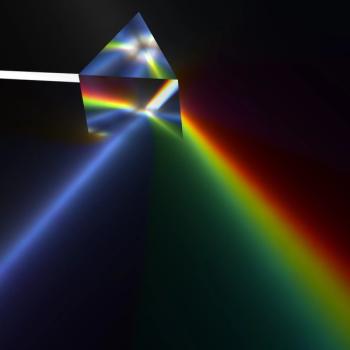
The editors of Spectroscopy retrospect on the most read articles of the past year.

A truly innovative approach to Raman spectral analysis is introduced in a newly published Applied Spectroscopy paper, utilizing a dynamic neural network modeling to significantly enhance baseline correction accuracy and offering a paradigm shift in spectral preprocessing.

The use of polarized Raman microscopy to complement the polarized light micrographs of spherulites in polymers reveals much about the orientation behavior of the lamellae in spherulites.

Researchers at NASA's Johnson Space Center, led by Ryan S. Jakubek, have unveiled a novel calibration method in Applied Spectroscopy that enhances the precision of Raman measurements conducted by the SHERLOC instrument on the Perseverance rover, providing a clearer and more accurate representation of intrinsic Raman spectral bandwidths on Mars.
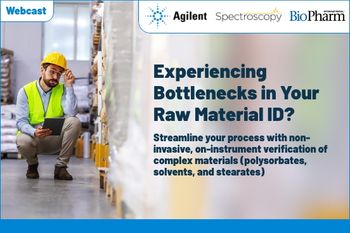
Webinar Date/Time: Tuesday, January 9, 2024 at 11am EST | 8am PST | 4pm GMT| 5pm CET
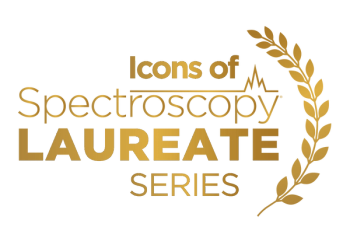
Spectroscopy's laureate series will highlight the lives and careers of some of the most influential vibrational and atomic spectroscopists.

This study explores the enhanced performance of modified alternating least squares (MALS) over alternating least squares (ALS) in analyzing infrared and Raman image spectral data, highlighting the stability and computational efficiency of MALS.

An inside look at the fundamentals of Raman microscopy and how Raman can be utilized in chemical imaging and analysis, from its inception to modern applications.

At the 2023 Gulf Coast Conference, Spectroscopy spoke with Elena Hagemann of Metrohm USA, about spectroscopy in relation to petrochemicals. This interview was one of four conducted live at GCC 2023.

In a recent study, collaborative spectroscopic methods, such as LIBS-Raman, were used for detecting and combatting heavy metal lead contamination in wheat seedlings, revealing critical insights for food security and human health.

In a recent study, a team of researchers used Raman spectroscopy to study wood ash glass tessera from Malbork Madonna, revealing two phases detected in tessera for the first time, leucite and pseudowollastonite.
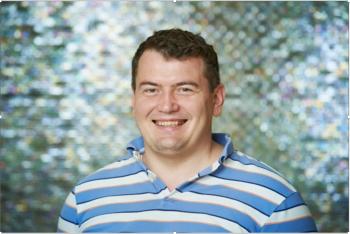
At SciX, Dmitri Kurouski of Texas A&M University will be recognized as the 2023 Spectroscopy Emerging Leader in Molecular Spectroscopy Award recipient. Here's a summary of the award session.

At the SciX Conference in Sparks, Nevada, Spectroscopy magazine sat down with Karen Esmonde-White of Endress+Hauser to talk about her career transition and how Raman spectroscopy has evolved over the years.

Anastasia Rousaki and her team at Ghent University in Belgium are utilizing advanced Raman spectroscopy techniques, including mobile non-invasive methods, to analyze the composition of art from various historical periods, from prehistoric rock art paintings in Patagonia to 19th to 20th century Greek paintings and 21st-century murals in Reggio Emilia, providing insights for art preservation and historical understanding.

Ishan Barman, the 2023 recipient of the Coblentz Society Clara Craver Award, held a plenary session during SciX that focuses on transformative biophotonics in disease detection and monitoring.

As a preview to SciX 2023, Spectroscopy magazine sat down with Juergen Popp of the Leibniz Institute of Photonic Technology to ask him about his research exploring the use of Raman spectroscopy in applications such as infectious diseases and cancer diagnostics.

The Coblentz Society created the Clara Craver Award to recognize young individuals who have made significant contributions in applied analytical vibrational spectroscopy. The work may include any aspect of infrared (IR), terahertz (THz), or Raman spectroscopy in applied analytical vibrational spectroscopy. This year’s recipient, Ishan Barman, is an Associate Professor in the Department of Mechanical Engineering at the Johns Hopkins University with joint appointments in Oncology and Radiology and Radiological Science.

A more successful blueprint for analyzing Raman spectral data is outlined by following the 11 important steps, which are outlined here.

In a recent study, a research team from China used Raman spectroscopy to uncover serum biomarkers for aplastic anemia and myelodysplastic syndromes.